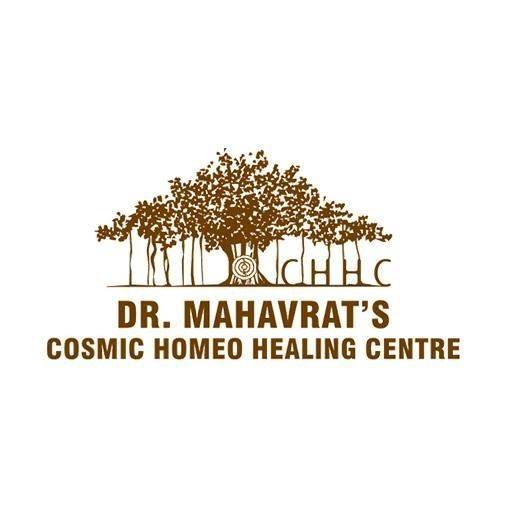

What is Urticaria (allergy/ hives) and how to identify it?
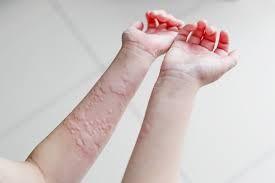
Urticaria is a transient erythematous swelling of the skin, associated with itching, which usually resolves within 24 hours. It is caused by degranulation of histamine containing cells (mast cells) in the superficial dermis. Hives often appears as a raised, itchy rash. The medical name for hives is “urticaria”, also call it welts, wheals, or nettle rash. Hives affects around 20% of people at some time in their lives. The issue can be chronic or acute. It is not possible to catch hives from another person. However, in some cases, hives occurs with a contagious infection.
How long does the individual lesion last?
<24 hours (Urticaria)
>24 hours (Urticarial Vasculitis)
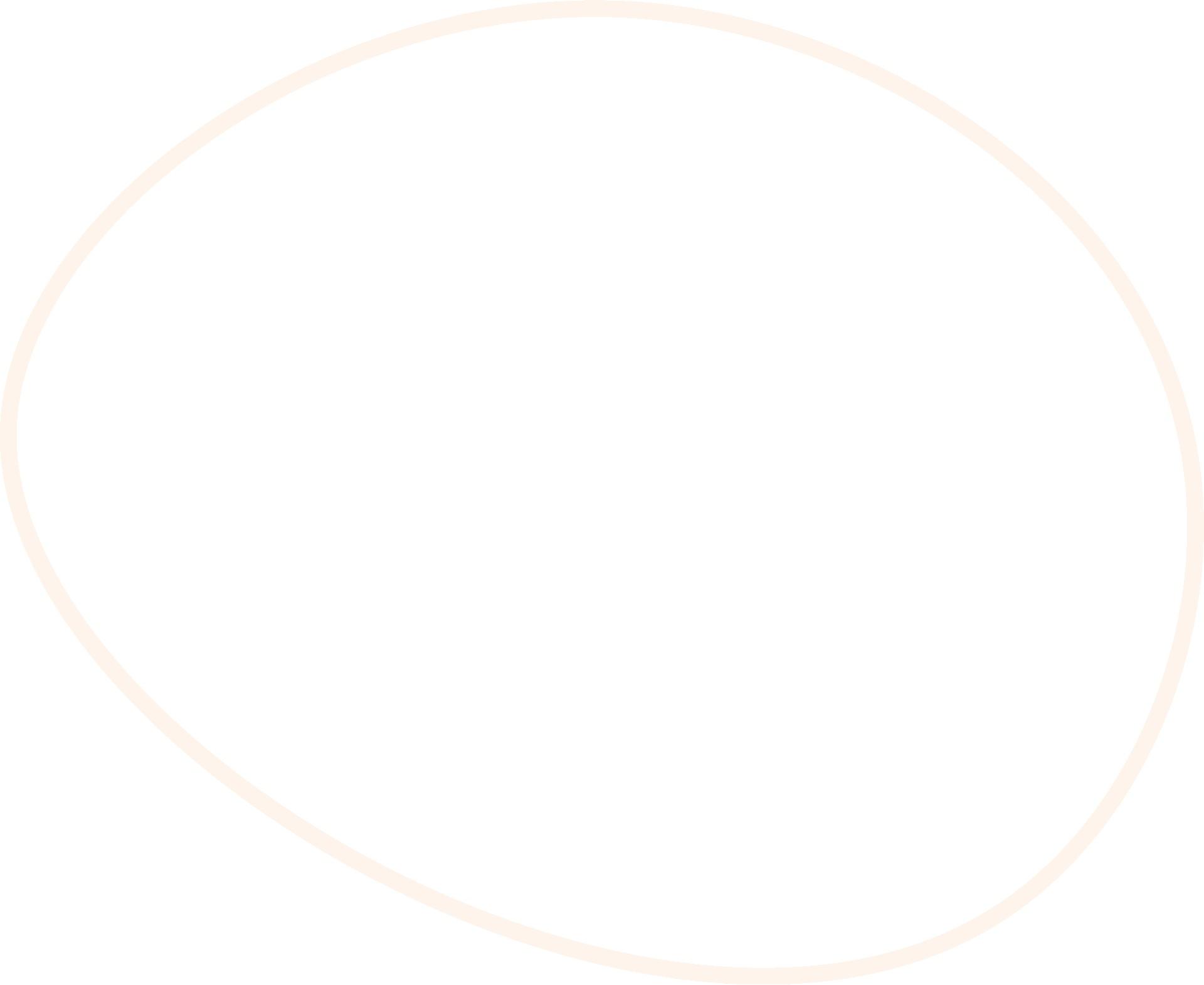
How long has the condition been present?
<6 Weeks (Acute Urticaria)
>6 Weeks (Chronic Urticaria)
What are the common causes of Urticaria?
Acute and Chronic Urticaria
Hives can develop as a reaction to: allergens, Another physical trigger, such as extreme temperatures or an underlying health condition such as viral or bacterial infections/ auto immune disease.
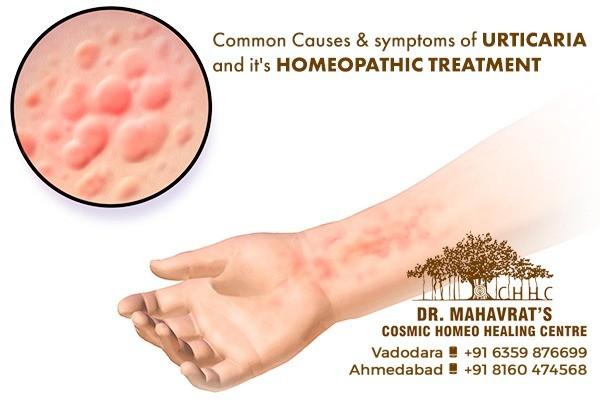
1. Allergens:
Hives can develop when the body reacts to an allergen. When an allergic reaction occurs, the body releases a protein called histamine. Next, tiny blood vessels called capillaries leak fluid. This fluid accumulates in the skin and causes inflammation and a rash. As fluid accumulates under the skin, small bumps form. The reaction can occur if a person consumes something or touches something that they are allergic to. This is known as “contact urticaria.”
2. Physical Triggers:
A physical factor other than an allergen can cause hives. Here are some possible triggers: • Sunlight exposure
Scratching or rubbing the skin
Pressure, from a tight belt, for example
Extreme temperatures or changes in temperature
A high body temperature, due to sweating, exercise, anxiety, or a hot shower
adrenalin, which the body releases during exercise and exposure to heat or stress
UV light from a tanning bed
Water on the skin, in rare cases
Vibration, in rare cases
3. Underlying health conditions
Some examples of health conditions that can cause hives include:
• viral infections, such as the flu, the common cold, glandular fever, or hepatitis B
• bacterial infections, such as some urinary tract infections and strep throat
• intestinal parasites, such as Giardia lamblia
• autoimmune hypothyroidism
• autoimmune conditions, such as rheumatoid arthritis, systemic lupus erythematosus, Sjögren’s disease, celiac disease, and type 1 diabetes
• any other condition that causes inflammation of blood vessels
Hives on the legs
Some people have “papular urticaria” in reaction to insect or spider bites. It usually affects children who have not yet developed immunity to these bites. The lesions can develop anywhere, but commonly occur on the legs.
Below are some typical features:
The characteristic itchy red bumps, known as papules, form in clusters.
Each papule measures 0.2 to 2.0 centimetres across and has a central point.
They may be fluid-filled.
New papules may appear as old ones disappear.
A new insect bite may cause papules to reappear.
• Hives on the face
When hives results from an allergy or sensitivity reaction, it can significantly affect the face, for example, by causing swelling in the lips. The swelling can become more widespread and affect the mouth, throat, and airways. In this case, the person may find it hard to breathe. This is an emergency, and the person needs urgent medical care. They are at risk of developing a life-threatening condition called anaphylaxis.
Anaphylaxis
Anaphylaxis is a severe allergic reaction that can affect the whole body. It can lead to serious breathing difficulties and a loss of consciousness. It is a medical emergency and can be fatal if treatment is delayed. If a person develops hives, they need to be aware of any further symptoms that could indicate an anaphylactic reaction. Immediate medical attention is necessary if the person experiences:
Nausea and vomiting
Swelling of the lining of the mouth, tongue, lips, and throat, causing difficulty breathing
Hives vs. other rashes
Hives are a kind of rash. If someone has hives, the rash typically has these features,
It is raised and itchy.
There may be swelling under the affected skin.
There may be papules or plaques.
The affected areas of skin can expand and join together.
The rash may be pink, red, or skin-colored.
The center turns pale in the middle if someone presses on it.
Each bump may last less than 24 hours, but other bumps may replace it.
The bumps can seem to appear and disappear and change shape or location suddenly.
•
Is Urticaria contagious?
Urticaria is not contagious. However, if it stems from an underlying infection, that infection could be contagious. Example of these infections include the flu, the common cold, glandular fever, also known as mono, and hepatitis B. Also, if Urticaria result from pests, such as dust mites, other people nearby might have the same reaction
How is it diagnosed?
Acute urticaria do not need extensive diagnostic procedures. Urticaria activity score is a useful tool for evaluation of urticaria.
Complete blood count (CBC) Including eosinophil count in case of underlying parasite
Erythrocyte sedimentation rate (ESR) which is elevated in case of vasculitis
Urea and electrolyte, thyroid and liver function test which might reveal an underlying disorder
C reactive protein are important investigations for diagnosis of infections in urticaria.
Autologous Serum Skin Test (ASST)is a simple office procedure for diagnosis of auto reactive urticaria.
Total IgE and specific IgE to possible allergens e.g., food such as shelfish and peanuts
Antinuclear factor (ANA) in chronic urticaria OR urticarial vasculitis
Closed ball point pen tip is a simple test to diagnose dermographism.
TIPS FOR REDUCING URTICARIA SYMPTOMS INCLUDE:
Using a soothing lotion or cool compresses to ease the itchiness Wearing loose, light, cotton clothing Avoiding scratching Choosing soaps, moisturizers, and other cosmetics for sensitive skin Avoiding overheating by taking cold showers and using a fan Avoiding sun exposure Avoiding exposure to known triggers
There is some evidence that supplements, such as vitamin D3, can help treat chronic Urticaria. However, there is currently not enough evidence to confirm that they work. It is important to speak with a healthcare professional before using supplements, as these can trigger adverse reactions. Some supplements and vitamins contain substances that can trigger Urticaria.
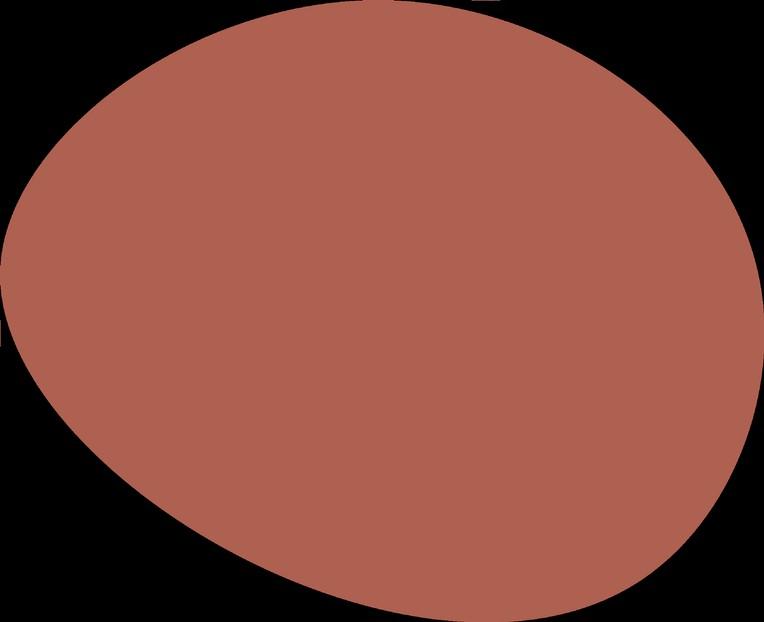
HOW HOMEOPATHY HELPS TO CURE URTICARIA
As per our experience after treating thousands of cases at Cosmic Homeo Healing centre under the guidance of Dr. Mahavrat S patel, homeopathy is highly effective in treating urticaria. Even in the most severe and chronic cases, the results have been most encouraging. Homeopathy treats the person as a whole. It means that homeopathic treatment focuses on the patient as a person, as well as his pathological condition.
The homeopathic remedies for Urticaria are selected after a full individualizing examination and case analysis, which includes the medical history of the patient, physical and mental constitution etc. A miasmatic tendency is also often taken into account for the treatment of chronic conditions. Inherited Miasms are the cause as the theory of chronic diseases discovered in homeopathy which include family history the predisposition of the child towards the allergies and the individualisation of the case by its it’s particular expression, conditions that aggravate and ameliorate the symptoms and the constitution of the child (Child's temperament; mental and physical response to circumstances), the exact nature of eruption, and the maintaining cause on which homeopathic acute, constitutional and inter current medicines are selected which eventually make the long lasting and permanent relief to the patient.
Homeopathic treatment, when taken regularly, can reduce the dependency on antihistamine, steroids, and other conventional treatments. After regular use of homeopathic medicine, the hypersensitivity to allergens can be reduced with time.
Duration Of Homeopathic Treatment for Urticaria
Duration of the disease: since how long the patient is suffering from urticaria plays a crucial role in the duration of the treatment.
Form of urticaria: Whether it is an acute, chronic, or recurrent form of urticaria is also considered
The extent of spread: Whether it’s mild, moderate, or severe urticaria is considered. Urticaria with frequent episodes of angioedema is difficult to treat.
Cause
Allergic or non-allergic
A prolonged use of antihistamines or steroids makes the case more difficult to treat.
The total duration of homeopathic treatment for urticaria varies from patient to patient depending on the following factors: The general health of the patient and other associated diseases
Some Useful Homeopathic Medicines are:
Apis mellifica, Arsenic album, Natrum muriaticum, Rhus Toxicodendron and Urtica urens are some of the common homeopathic remedies for urticaria. But, it is advisable to take the homeopathic medication should be taken under consultation of a homeopathic doctor as the selection of medicine the potency and the repetition of medications requires a lot of experience for the treatment to be effective..
Apis mellifica: Acts on cellular tissues causing odema of skin and mucous membranes. The very characteristic effects of the sting of the bee furnish unerring indications for its employment in disease. Swelling or puffing up of various parts, oedema, red rosy hue, stinging pains, soreness, intolerance of heat, and slightest touch, and afternoon aggravation are some of the general guiding symptoms. Erysipelatous inflammations, dropsical effusions and anasarca, acute, inflammation of kidneys, and other parenchymatous tissues are characteristic pathological states corresponding to Apis.
Bovista: Urticaria on excitement, with rheumatic lameness, palpitation and diarrhoea. Itching on getting warm. Urticaria on waking in the morning, worse from bathing.
Arsenic album: The Urticaria caused by eating shellfish which causes burning and itching with restlessness. Eruptions are worse at night. Burning pains; the affected parts burn like fire, as if hot coals were applied to parts > by heat, hot drinks, hot applications. Attacks like croup instead of the usual urticaria.
Natrum muriaticum: Urticaria, acute or chronic; over whole body; especially after violent exercise. Urticaria; itch and burn. Urticaria, itching after exertion. Greasy skin.
Rhus Toxicodendron: Bad effects of getting wet, especially after being overheated. Ailments: from spraining or straining a single part, muscle or tendon; overlifting, particularly from stretching high up to reach things; lying on damp ground; too much summer bathing in lake or river. Red, swollen; itching intense. Vesicles, herpes; urticaria; pemphigus; erysipelas; vesicular suppurative forms. Glands swollen. Cellulitis.
Urtica Urens: Urticaria caused by eating shellfish. Symptoms return at the same time every year. Itching blotches. Urticaria, burning heat, with formication; violent itching. Consequences of suppressed nettlerash. Rheumatism alternates with nettle-rash. Burn confined to skin. Urticaria nodosa. Angioneurotic oedema.


